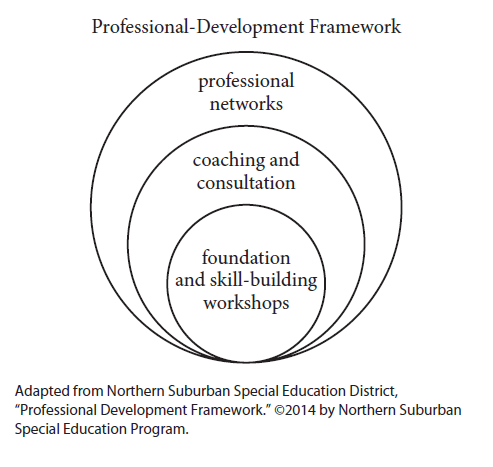Questions 12-22 are based on the following
passage.
Professional Development: A Shared Responsibility
New theories, Q12 new practices too, and technologies are transforming the twenty-first-century workplace at lightning speed. To perform their jobs successfully in this dynamic environment, workers in many Q13 fields—from social services to manufacturing, must continually acquire relevant knowledge and update key skills. This practice of continued education, also known as professional development, benefits not only employees but also their employers. Q14 Accordingly, meaningful professional development is a shared responsibility: it is the responsibility of employers to provide useful programs, and it is also the responsibility of employees to take advantage of the opportunities offered to them. Critics of employer-provided professional development argue that employees Q15 might consider a popular career path. If employees find themselves falling behind in the workplace, these critics Q16 contend. Then it is the duty of those employees to identify, and even pay for, appropriate resources to Q17 show them how and why they are falling behind and what they should do about it. This argument ignores research pointing to high employee turnover and training of new staff as significant costs plaguing employers in many fields. Forward-thinking employers recognize the importance of investing in the employees they have rather than hiring new staff when the skills of current workers Q18 get old and worn out. The most common forms of professional development provided to employees Q19 includes coaching, mentoring, technical assistance, and workshops. Some employers utilize several approaches simultaneously, developing a framework that suits the particular needs of their employees. Q20 Around the same time, the figure illustrates a simple yet comprehensive professional-development model created for special education personnel. As the figure suggests, Q21 receiving coaching and consultation is the overarching framework, while the opportunity to belong to professional networks and participate in activities such as foundation and skill-building workshops is relatively unimportant. A recent trend in professional development that has provided advantages to both employers and employees is online instruction. From an employer perspective, the first and perhaps most obvious advantage is the lower cost of online professional development compared with that of in-person workshops and training. Employers can also Q22 identify, which employees have successfully completed instructional modules and which need to be offered additional training. For employees, online professional development provides the opportunity to receive instruction at their own pace and interact with other professionals online. This exciting trend has the potential to make the shared responsibility of professional development less burdensome for both employers and employees.
